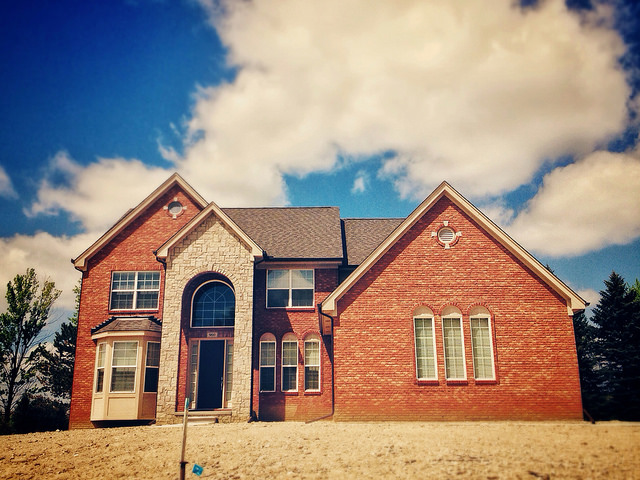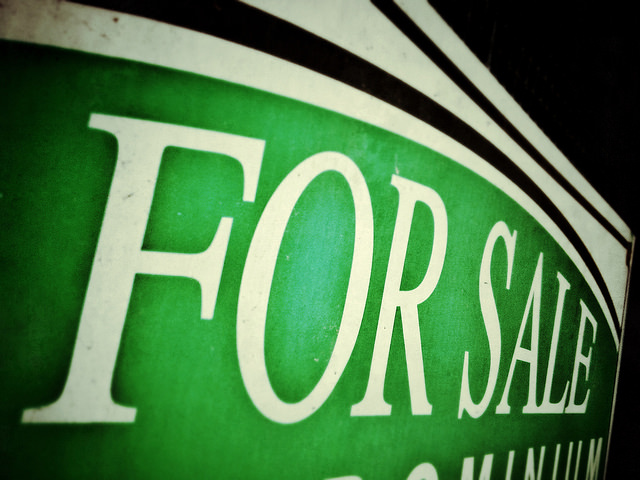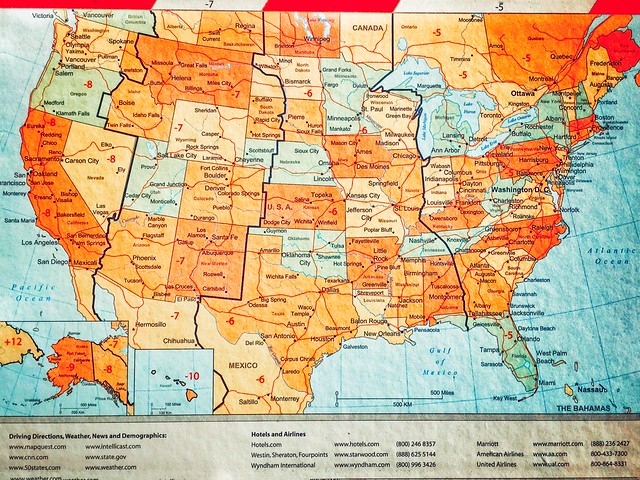According to the Mortgage Bankers Association’s Weekly Applications Survey, mortgage demand started the year off strong, rising 30.2 percent from the previous week. Survey results were adjusted for the New Year’s holiday but, after adjustment, demand for loans to buy homes was up 16 percent from the week before and 8 percent over last year at the same time. Refinance activity also surged, increasing 43 percent from one week earlier. Joel Kan, MBA’s associate vice president of economic and industry forecasting, said low mortgage rates are part of the reason demand has been so strong. “The mortgage market saw a strong start to 2020,†Kan said. “Applications increased across the board, and the 30-year fixed mortgage rate hit its lowest level since September 2019 … Low rates and the solid job market continue to encourage prospective buyers to enter the market.†The spike in activity brought demand for loans to buy homes to its highest level since October 2009. Conducted since 1990, the MBA’s weekly survey covers 75 percent of all retail residential mortgage applications. (source)













